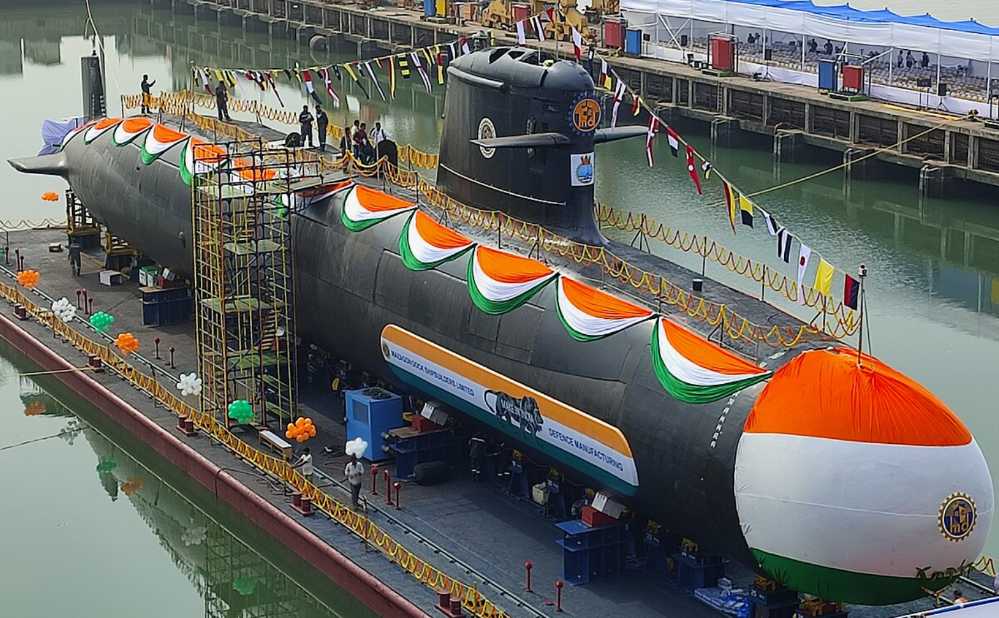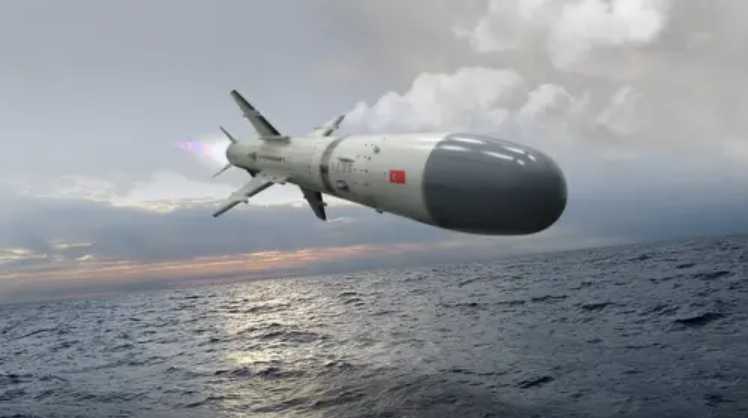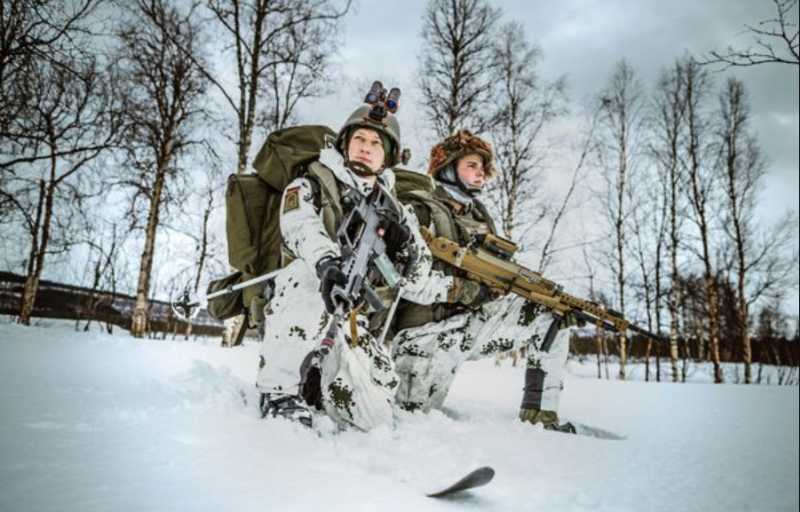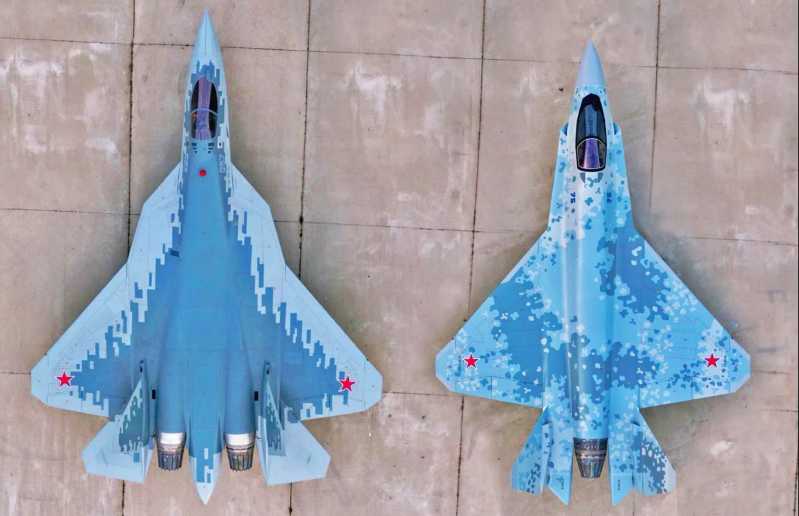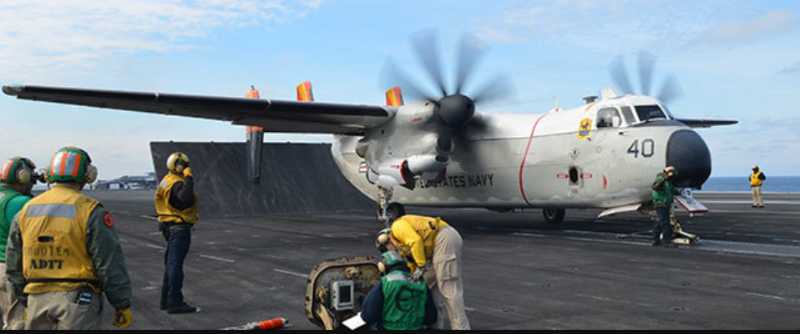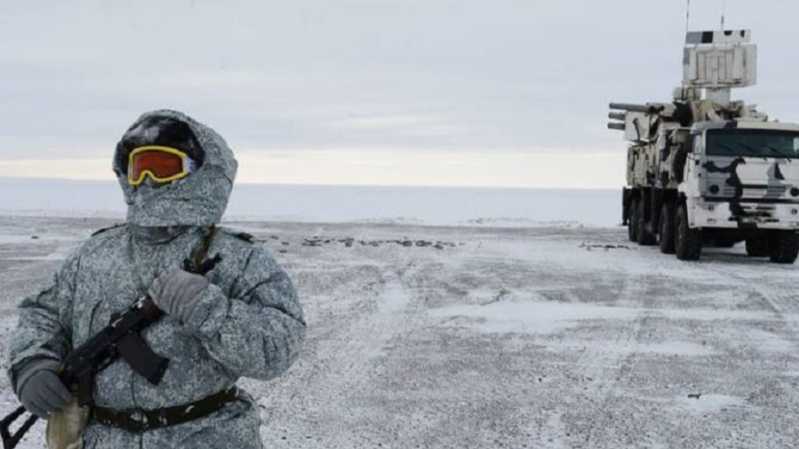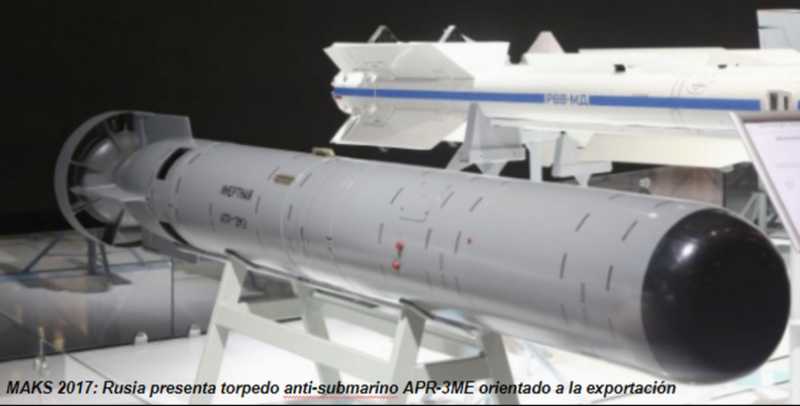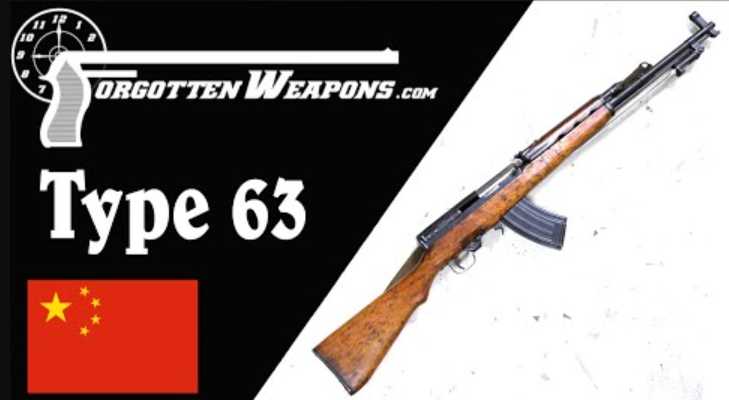The Scorpio class submarine was jointly developed by the French DCNS Group and the Spanish Navantia Shipbuilding Company and is specially launched for the international market. This class of submarines is divided into three models, namely standard, AIP-equipped and compact. It can be flexibly assembled according to user needs and economic strength. It is popular in the international military trade market and has been successfully sold to Chile and Malaysia. In addition, countries such as India and Brazil are purchasing or commissioning it.
The standard Scorpio-class has a surface displacement of 1,510 tons and an underwater displacement of 1,668 tons; it is 66.4 meters long, 6.2 meters wide and 5.8 meters high; it has a crew of 31 people, including 6 officers; it is equipped with 4 MTU 16V396SE84 diesel engines, 1 3,500-kW permanent magnet motor single-shaft, 7-blade propeller; the maximum underwater speed is 20 knots, and the maximum surface speed is 12 knots; the maximum underwater endurance is 550 nautical miles (about 1,018 kilometers) at 14 knots, and the endurance in the snorkel state is 6,500 nautical miles (about 12,038 kilometers) at 18 knots; the maximum diving depth is 350 meters: the AIP type adds an AIP power compartment on the basis of the standard type, the underwater displacement is increased to 2,000 tons, and the length is increased to 76.2 meters with the matching AIP The device is a closed-cycle steam turbine propulsion system with an output power of 200 kilowatts, a continuous underwater navigation time of more than 17 days, and a maximum underwater endurance of 1,600 nautical miles (about 2,963 kilometers)/4 knots.
The compact underwater displacement is 1,450 tons, and the length is shortened to 59.4 meters; the maximum underwater speed is 14 knots, and the underwater self-sustaining capacity is 45 days.
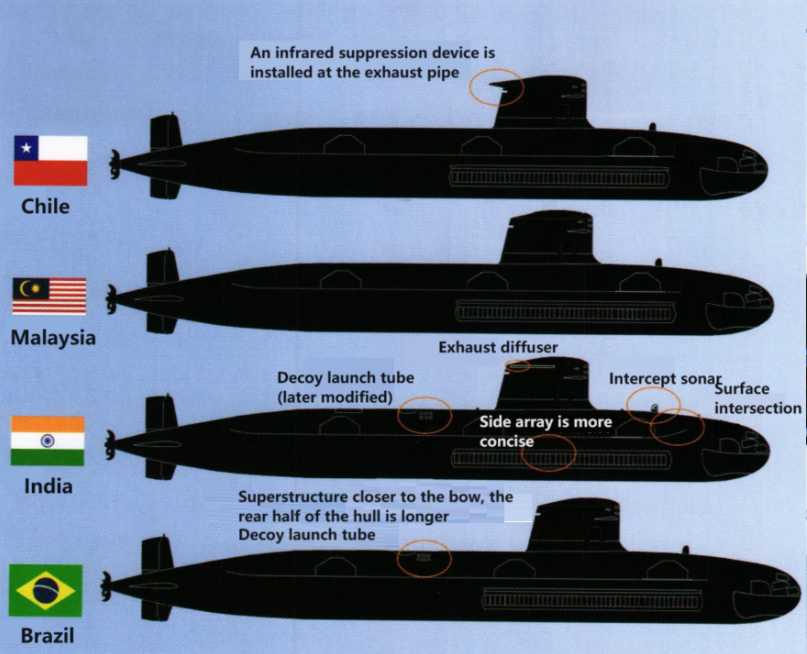
Construction features that combine the strengths of various companies
Advanced construction concept
The Scorpio class combines the advanced submarine construction concepts of France and Spain. The submarine is a single-hull submarine, using high-tensile 80HLES steel, which is light in weight and has good pressure resistance. The hull is a teardrop line shape, and the external appendages are reduced as much as possible in the overall design, with only a command platform hull rudder and a cross-shaped tail rudder. In order to improve the escape rate of the crew, an escape compartment can be installed in the middle of the submarine. There are two watertight pressure-resistant bulkheads in the compartment, one at each end of the escape lock chamber. In almost all emergency situations, it can ensure that at least half of the cabins of the entire submarine will not be flooded, and the surviving crew can enter the escape lock chamber to escape or wait for outside rescue.
Good quietness
The Scorpio class uses the same advanced vibration reduction and noise reduction technology as the Triumph class nuclear submarine. The hull has a smooth appearance, reduced water holes, and anechoic tiles are installed. The main equipment on the boat uses raft technology, and double-layer vibration reduction is used in key parts. Rubber vibration reduction bases are also installed in several key internal compartments to completely insulate the mechanical equipment from the pressure-resistant hull, thereby ensuring that the low-frequency noise emitted by these equipment will not be transmitted into the seawater.
High level of automated control
All control functions and platform management functions on the submarine can be operated by the control room. There is a tactical platform in the center of the control room. There are 6 universal dual-screen multi-function color display and control platforms on the platform. They are interconnected and easy to operate. They can monitor and control the submarine tactical integrated combat system (SUBTICS) and platform control system. The tactical integrated combat system adopts a distributed modular structure, fully absorbing the development experience of DCNS Group and British Marconi in submarine sonar, command and weapon control systems. It uses a dual redundant Ethernet data bus and can complete all acoustic and non-acoustic sensor signal processing on 6 display and control platforms, as well as the control functions of weapons, navigation systems, and command systems.
It is the high degree of automation, real-time analysis of key functions and redundant design of the Scorpio-class submarine that has reduced the number of crew members to 31, and only 9 people are needed for normal duty.
Submarine Tactical Integrated Combat System
The submarine tactical integrated combat system equipped by the Scorpio class adopts a sonar-command-weapon control system. Among them, the sonar system can be selected according to demand. Chile and Malaysia chose to install the TSM 2233 Mk2 sonar; Brazil chose the S-Cube sonar of Thales; India installed products of the German Atlas company, including the bow main/passive sonar, passive ranging sonar, passive side array sonar, towed linear array sonar, etc.
The lifting mast can be equipped with French optical sensor systems, attack periscopes, American AR-900 electronic support measurement equipment, and SP100C data link communication systems. In addition, the boat is also equipped with a 1007 surface search radar manufactured by a British company.
The armament system includes 6 533mm torpedo tubes, which can carry 30 torpedoes or 18 anti-ship missiles/heavy torpedoes, including the "Black Shark" heavy torpedo jointly developed by the Italian Whitehead Company and the DCNS Group, the French F17 Mod 2 wire-guided heavy torpedo, the German DM2A4 and SUT266 wire-guided heavy torpedo, the Mk 48 Mod 7 wire-guided torpedo, and the "Exocet" anti-ship missile. These weapons ensure that the Scorpio class can attack both at long range and at close range with rapid response, and can perform a series of tasks including mine warfare, anti-submarine warfare, special operations, intelligence gathering, mine laying, regional monitoring, and ground target strikes.
The ill-fated Indian Scorpio class
In 2005, India signed a contract with the French DCNS Group to build six Scorpio-class submarines, but the construction process has been turbulent and the delivery plan has been postponed several times. According to the contract, all six submarines were built by India’s Mazagon Shipyard, with technical support from the DCNS Group, and all were delivered between 2012 and 2018. However, shortly after the construction of the first submarine, the Kalvari, was started, it was discovered that there were serious technical problems in the construction process, and the construction plan was postponed. It was not until 2010 that France and India signed a supplementary contract to provide submarine components worth US$413 million that the construction was resumed. In the end, the Kalvari was launched in 2015 and entered service in 2017: 5 years later than originally planned.
In 2019, during the sea trial of the No. 2 submarine "Kahandri", the Indian Navy found that the noise of the submarine’s engine and propeller was too high, as well as 35 other technical problems that could cause serious damage to the submarine in wartime, and refused to accept the submarine.
In addition to the repeated delays in the construction progress, the submarine’s supporting weapons also had problems. The Indian Navy originally planned to equip the submarine with 98 "Black Shark" torpedoes, but the parent company of the torpedo manufacturer Whitehead, the Italian Finmeccanica Group, was suspected of corruption in Indian military procurement and was included in the Indian military procurement blacklist, thus canceling the procurement contract, resulting in the Indian Scorpio class having no matching torpedoes to use, and even the "Kalvari" sea trial could only use the original German SUT torpedoes. As the earliest wire-conducted electric torpedo in service, this type of torpedo has been in service for more than 30 years.
In 2018, a serious accident occurred in the Scorpio class, and more than 22,000 pages of technical data were leaked and spread on the Internet. The data covers submarine sensors, torpedo launch systems, communications, navigation devices, etc., and records in detail the noise level of the Scorpio class at different speeds when diving, the noise when on the surface, the propeller noise characteristics, magnetic field strength, infrared characteristics, diving depth, endurance, self-sustaining power, speed and restrictions when using periscopes, electromagnetic spectrum range, combat system and torpedo launch system specifications, etc. The leaked information is so classified and detailed that it is enough to expose most of the key performance and physical characteristics, making the Indian Scorpio-class submarines almost secret-free. At present, the first four submarines of the Indian Navy have been put into service. The No. 5 and No. 6 submarines were launched in 2020 and 2022 respectively, and are still in the sea trial stage.
The Ambitious Brazilian Scorpio-class
The Brazilian Navy named the Scorpio-class submarines "Riachoelu", also known as the Sea Battle-class submarines. The names of the four submarines are all derived from famous naval battles in Brazilian history. In July 2011, the construction of the first Riachoelu-class submarine officially started. It was originally planned to be put into service in 2018, but due to technical reasons, it was not officially handed over to the Brazilian Navy until September 2022. So far, Brazil has become the second South American country to obtain Scorpio-class submarines after Chile.
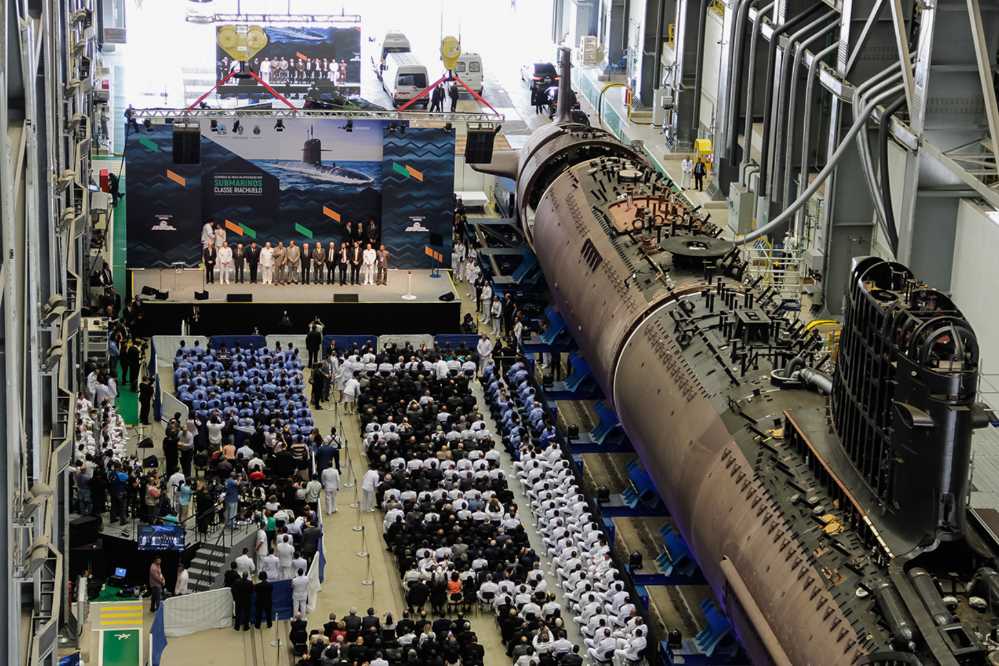
The Riachoelu class is a conventional submarine based on the French Scorpio class. It is mainly built in Brazil. The subsequent three ships are in different stages of construction. The entire cooperation project is expected to be completed in 2034, when the nuclear submarine will be launched and Brazil will join the ranks of countries that master submarine nuclear propulsion technology.
The introduction of the Scorpio class is only the first stage of Brazil’s "Submarine Development Program" (Prosub). According to the plan, in addition to transferring a full set of submarine technology to Brazil, France also exports a modern submarine construction system, talent training system and facilities and equipment to Brazil. After the construction of the four Scorpio-class submarines is completed, the first domestically produced nuclear submarine SN-BR (about 6,000 tons) will be designed and built based on the Barracuda-class nuclear submarine. This is the largest single military procurement contract in Brazil’s history (6.8 billion euros, about 10 billion U.S. dollars) and the world’s first nuclear-powered ship trade case.


